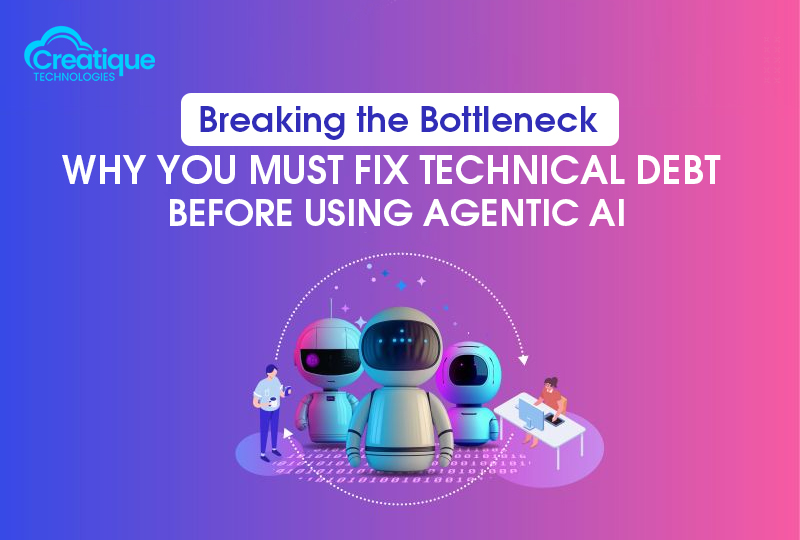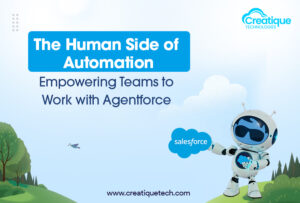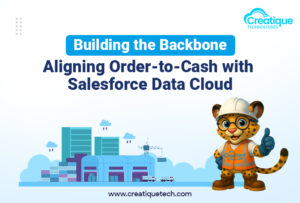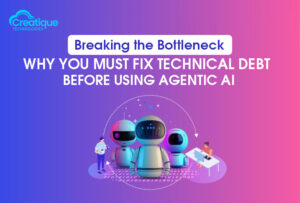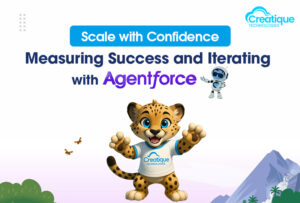If you’re in discrete manufacturing, chances are you’ve invested in Salesforce to improve how your business runs — from sales to service.
But as time passes, something happens quietly in the background:
→ New workflows get layered on top of old ones
→ Custom fields are added “just for now”
→ Teams apply quick fixes to keep things moving
And over time?
Your system gets harder to use, harder to trust — and nearly impossible to scale.
This hidden problem is called technical debt.
And before you bring in advanced automation like Agentforce, you need to clean it up.
Why Technical Debt Hurts More Than You Think
Every extra field, broken automation, or outdated integration creates friction — not just for your users, but for your data and workflows.
In the Order-to-Cash (O2C) cycle, this leads to:
→ Orders that get stuck or misrouted
→ Pricing errors that lead to credit notes
→ Delayed invoicing due to manual fixes
→ Duplicate or missing records between systems
And when you try to introduce Agentic AI into that messy setup?
It either fails — or makes things worse.
Because AI agents can’t work if the instructions they follow are broken, or if the data they see is wrong.
Step 1: Start with a Clear Audit
You don’t need to rebuild everything from scratch — but you do need to know what’s slowing you down.
Start by asking:
→ Which custom fields aren’t being used anymore?
→ Are any flows failing quietly in the background?
→ Are integrations (like ERP or MES) passing accurate, real-time data?
→ Which processes are still manual because people don’t trust automation?
Use tools like Swantide to automate the discovery — especially across large, complex orgs. It can quickly show which automations, fields, or rules are outdated or unused.
Step 2: Clean What Matters Most
Don’t try to fix everything at once.
Focus on what directly impacts O2C, like:
→ Quote generation
→ Product configuration
→ Order approval and routing
→ Invoice and payment sync with finance
→ Customer master data
You’re looking to reduce errors, delays, and workarounds — not just improve “system hygiene.”
Once you’ve identified key pain points, refactor them for scalability:
Simplify flows, archive fields, test integrations.
Step 3: Set Rules to Keep Things Clean
After cleaning, keep your org clean — just like you’d maintain a factory floor.
→ Set up change approval processes
→ Assign owners to different system areas (e.g., sales data, pricing rules)
→ Use automated governance alerts from Swantide or Salesforce
→ Document how and why every new automation or object is added
Your team needs to treat your Salesforce org like infrastructure — not just software.
What Happens When You Remove Technical Debt
Once your architecture is clean:
→ AI agents know which data to trust
→ Automations run faster and with fewer errors
→ Integrations sync smoothly with ERP and MES
→ Admins and developers can work without fear of breaking things
→ Your system becomes ready for Agentforce — and future-proof for growth
This step might not be glamorous — but it’s the most important one if you want automation that actually works.
Final Word: Don’t Automate Chaos
If your current process is messy, automating it will just make the mess move faster.
Clean it first. Then scale.
At Creatique Technologies, we help discrete manufacturers clean and optimize their Salesforce systems — so they’re ready for AI, automation, and serious growth.
We also partner with Swantide to make cleanup faster, smarter, and less painful.
→ Want a free checklist to evaluate technical debt in your org?
→ Need help mapping out what to clean — and what to keep?
Reach out to our team for a free O2C architecture review. Let’s make sure your automation starts on solid ground.

